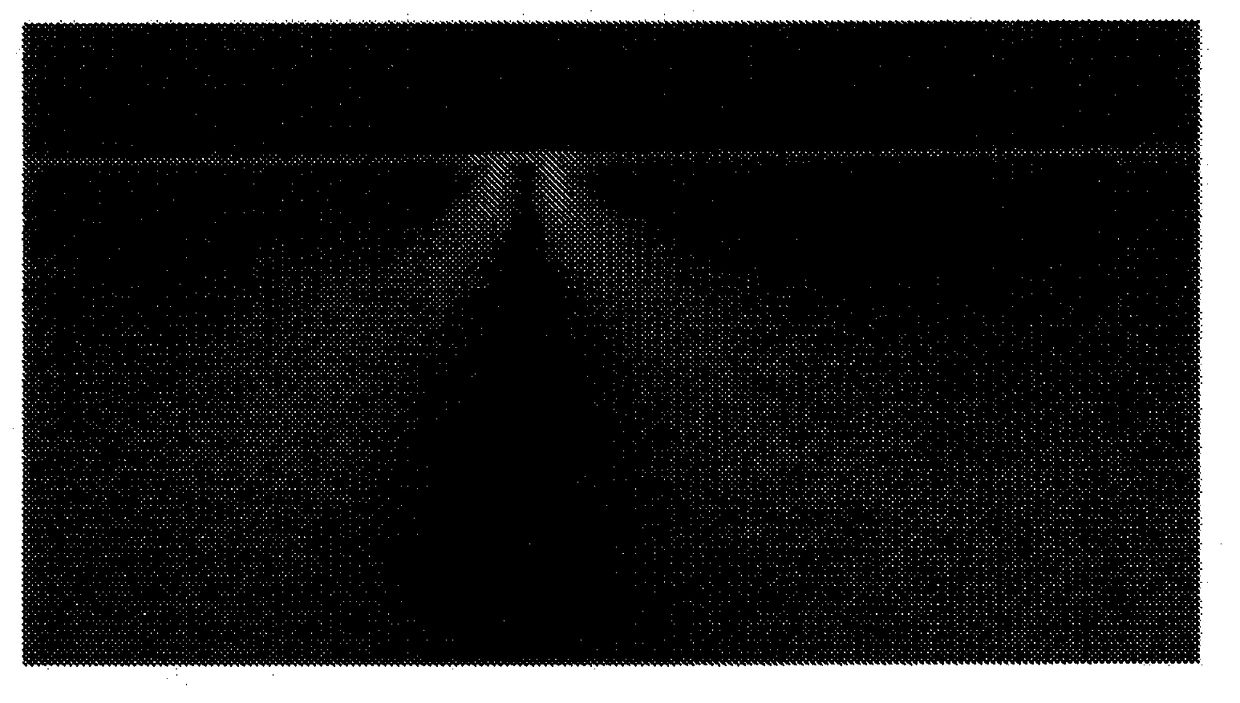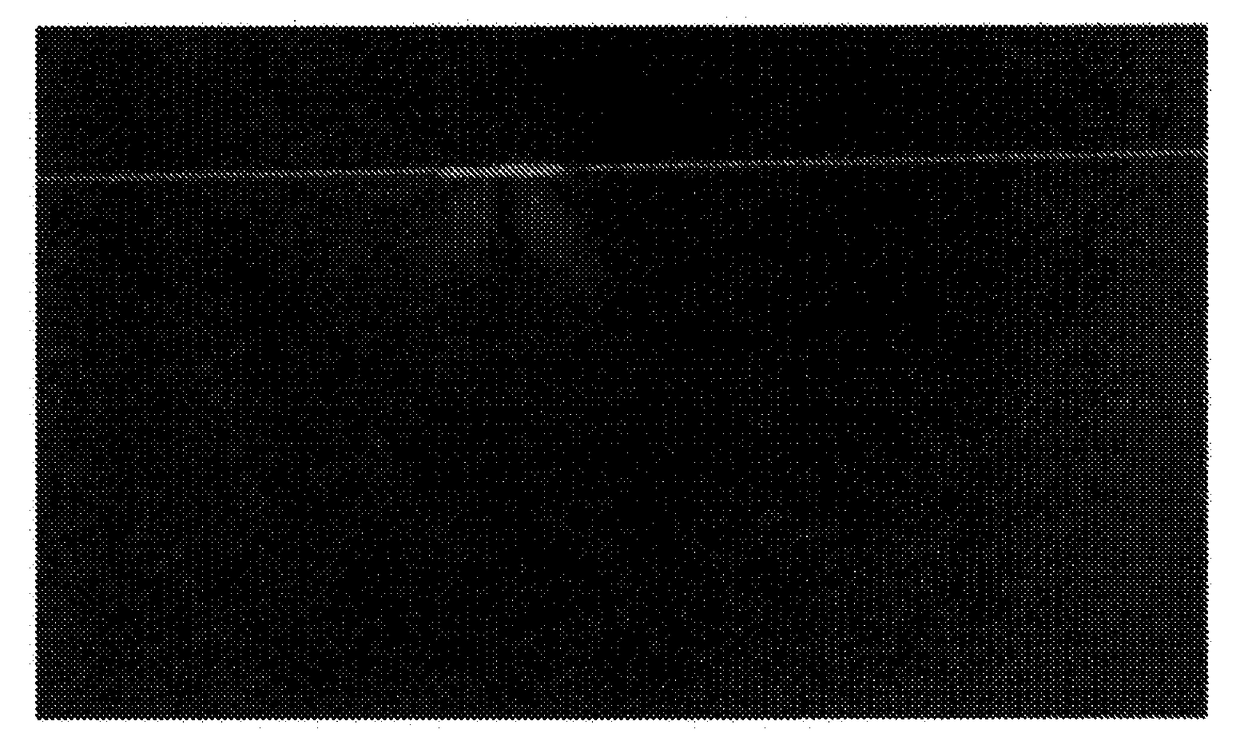Resin composition, and molded article and film thereof
A technology of resin composition and mixture, applied in synthetic resin layered products, chemical instruments and methods, layered products, etc., can solve problems such as poor impact resistance
- Summary
- Abstract
- Description
- Claims
- Application Information
AI Technical Summary
Problems solved by technology
Method used
Image
Examples
Embodiment 1、2
[0294] Regarding Examples 1 and 2 and Comparative Examples 1 and 2, the deflection temperature under load was measured under a load of 0.45 MPa based on ASTM D648. Regarding Examples 3 to 5 and Comparative Examples 3 to 9, the deflection temperature under load was measured under a load of 1.82 MPa based on ASTM D648.
[0295] (glass transition temperature)
[0296] Using a differential scanning calorimetry (DSC) SSC-5200 manufactured by Seiko Instruments, the sample was temporarily heated to 200°C at a rate of 25°C / min, then held for 10 minutes, and then the temperature was raised at a rate of 25°C / min. After the pre-adjustment down to 50°C, the measurement is carried out while the temperature is raised to 200°C at a rate of 10°C / min. The integral value (DDSC) is obtained from the obtained DSC curve, and the vitrification is obtained from the maximum point. transition temperature.
[0297] (imidization rate)
[0298] Calculation of the imidation rate was performed using IR ...
manufacture example 1
[0321]
[0322] The following substances were put into an 8L polymerization apparatus equipped with a stirrer.
[0323]
[0324] After fully replacing the inside of the polymerizer with nitrogen, the internal temperature was adjusted to 80° C., 0.03 parts of potassium persulfate was added as a 2% aqueous solution, and (I) shown in Table 1 was continuously added over 81 minutes. The polymerization was further continued for 60 minutes to obtain the polymer of (I). The polymerization conversion rate was 98.3%.
[0325] Thereafter, 0.03 part of sodium hydroxide was added as a 2% aqueous solution, 0.08 part of potassium persulfate was added as a 2% aqueous solution, and (II) shown in Table 1 was continuously added over 150 minutes. After completion of the addition, 0.02 part of pure potassium persulfate was added as a 2% aqueous solution, and polymerization was continued for 120 minutes to obtain a polymer of (II). The polymerization conversion rate was 98.1%, and the averag...
manufacture example 2
[0328]
[0329] The following substances were put into an 8L polymerization apparatus equipped with a stirrer.
[0330]
[0331] After fully replacing the inside of the polymerizer with nitrogen, the internal temperature was adjusted to 80° C., 0.03 parts of potassium persulfate was added as a 2% aqueous solution, and (I) shown in Table 1 was continuously added over 81 minutes. The polymerization was further continued for 60 minutes to obtain the polymer of (I). The polymerization conversion rate was 98.6%.
[0332] Thereafter, 0.03 part of sodium hydroxide was added as a 2% aqueous solution, 0.08 part of potassium persulfate was added as a 2% aqueous solution, and (II) shown in Table 1 was continuously added over 150 minutes. After completion of the addition, 0.02 part of pure potassium persulfate was added as a 2% aqueous solution, and polymerization was continued for 120 minutes to obtain a polymer of (II). The polymerization conversion rate was 99.3%, and the averag...
PUM
| Property | Measurement | Unit |
|---|---|---|
| particle diameter | aaaaa | aaaaa |
| glass transition temperature | aaaaa | aaaaa |
| hazing | aaaaa | aaaaa |
Abstract
Description
Claims
Application Information
 Login to View More
Login to View More - Generate Ideas
- Intellectual Property
- Life Sciences
- Materials
- Tech Scout
- Unparalleled Data Quality
- Higher Quality Content
- 60% Fewer Hallucinations
Browse by: Latest US Patents, China's latest patents, Technical Efficacy Thesaurus, Application Domain, Technology Topic, Popular Technical Reports.
© 2025 PatSnap. All rights reserved.Legal|Privacy policy|Modern Slavery Act Transparency Statement|Sitemap|About US| Contact US: help@patsnap.com



